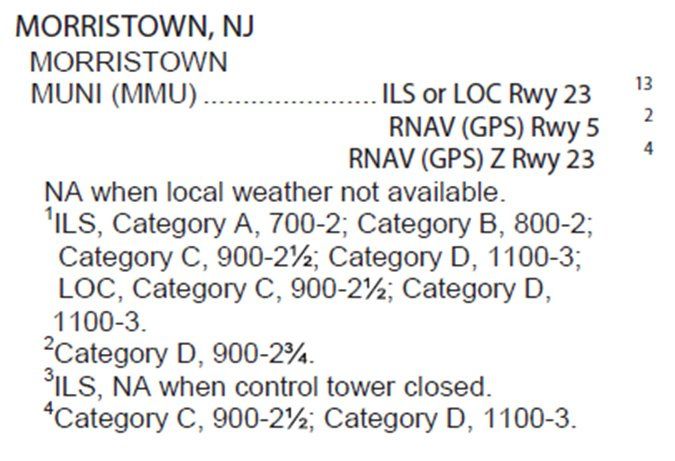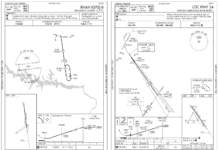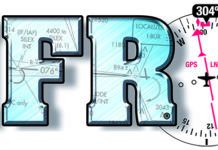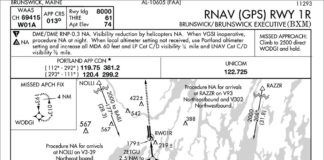The article covered how procedures can be unavailable for alternate planning, but what about those that are available, but require non-standard alternate minimums? The standard alternate minimums are simple: 600-2 for precision approaches, and 800-2 for non-precision approaches. But non-standard alternate minimums can seem quite complicated.
Non-standard alternate ceilings and/or visibilities are published for an approach whenever the no-light approach minimums (using the local altimeter setting) exceed the standard alternate minimums. This makes sense—you wouldn’t want the alternate minimums to lure you to an approach that was below its approach minimums.
Each approach category is considered individually, and requires that the highest non-precision minimums (or precision when no non-precision minimums are published) for that category be adjusted for inoperative lighting using the table at the front of the terminal procedures publication. Effectively this means that when circling minimums are published, the alternate minimums will never be lower than the circling minimums. This holds true even for precision approaches with published circling minimums.
For example, if you wanted to use the ILS Approach to Runway 23 at Morristown, NJ (MMU) for your alternate planning, there are different alternate minimums for each approach category, but they are all tied to the circling minimums. For instance, the Category A circling minimums are 673 feet height-above-airport (HAA) and a one-statute-mile visibility, giving us 700-1 (round the HAA up). However, one statute mile is lower than the standard alternate visibility minimum of 2 statute miles, so we need to use 2 statute miles instead, giving us the 700-2 that is published. For categories C and D, the circling HAA and visibility are both greater than standard, so they are used as-is.





